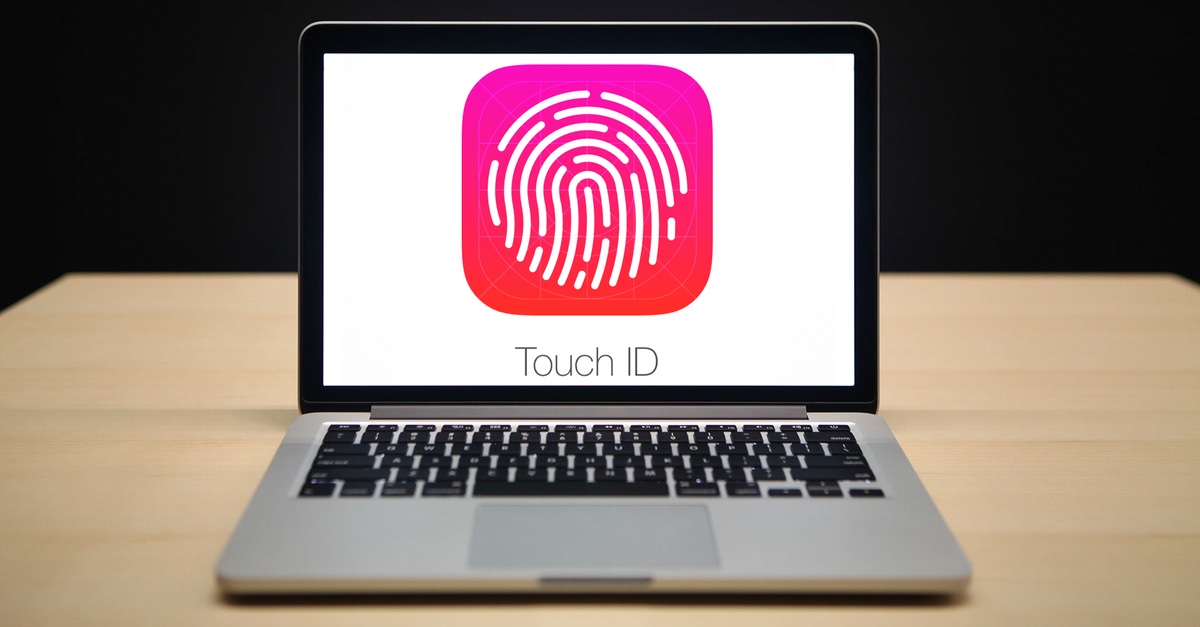
Over the course of WWDC 2016, we have witnessed Apple’s new method of unlocking Macs, using the Apple Watch. While the concept behind the ability to unlock a MacBook Pro or an iMac using an Apple Watch might be appealing to some, there are some obvious caveats to the experience, such as the fact that Apple has yet to come up with an idea to provide the same experience for those who do not own an Apple Watch.
The release of an operating system like macOS Sierra is bound to send testers on a scavenger hunt for clues that pertain not only to software features, but also to future hardware. The hunt, so far has been fruitful, as one of the most sought after clue has been found, namely in reference to the OLED touch bar, rumored to replace the first keyboard’s row on the next generation MacBook Pro, and possibly more future versions of the MacBook.
Another clue, recently discovered, is a (more or less) clear reference to Touch-ID support, in the form of a resource displaying the string “kIOHIDBiometric”, followed by "DoubleTapTimeoutKey," "TapTrackingEnabledKey," and "TripleTapTimeoutKey,", possibly referring to a method of integrating Touch-ID into the MacBook’s trackpad, using haptic feedback during authentication.
The integration of Touch-ID, or any other form of fingerprint authentication, in the trackpad makes plenty of sense, as Apple’s focus is on keeping the MacBook’s form factor slim and minimalist. As mentioned above, a fingerprint reader on a MacBook would also provide users with the ability to instantly unlock a MacBook, without having to wear, or own, an Apple Watch.
With that said, there is no guarantee that Apple will implement this feature, anytime soon, and the chance of Apple implementing a biometric fingerprint reader onto the next MacBook Pro, might be as slim as if the same clues were found in a patent. As a matter of fact they might be even slimmer, without a formal announcement by the company, even if the code referenced is very real and part of the operating system.